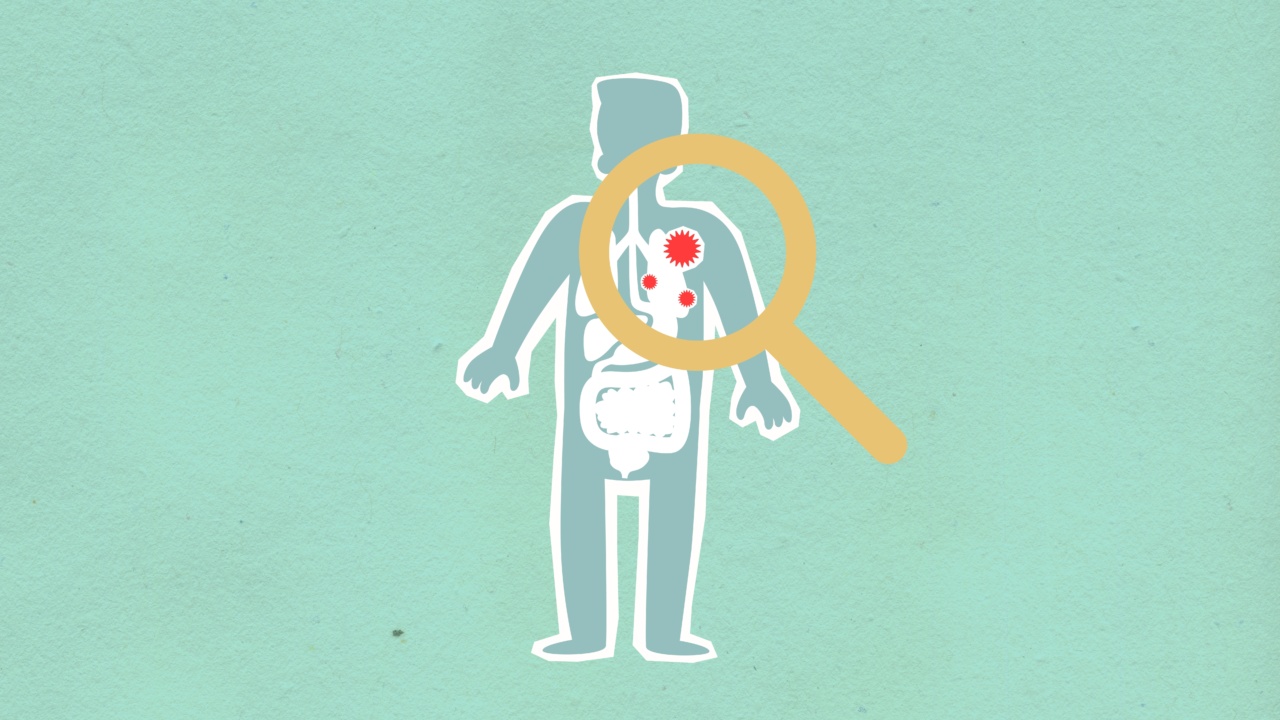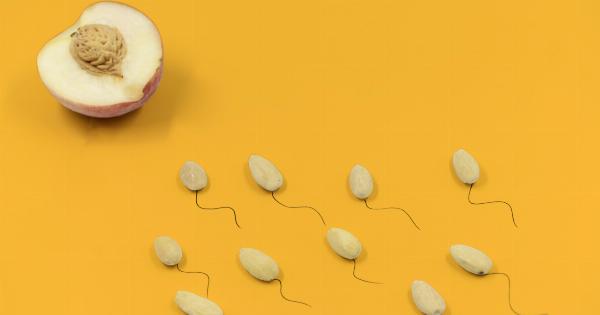Occupational hazards are factors that pose a risk to the health and welfare of workers. These hazards can vary widely depending on the industry, job type, and work environment.
Some of the most common occupational hazards include exposure to hazardous chemicals, working at heights, and being exposed to loud noises. While these hazards can have a significant impact on workers’ health, they can also affect their ability to have children. In this article, we’ll look at the impact of occupational hazards on male fertility.
Hazardous Chemicals
The use of hazardous chemicals in the workplace is one of the most common occupational hazards. Workers in industries such as manufacturing, agriculture, and construction may be exposed to these chemicals on a regular basis.
Hazardous chemicals can have a negative impact on male fertility by affecting sperm quality and quantity.
For example, exposure to pesticides has been linked to a decrease in sperm count and motility.
A study published in the journal Reproductive Toxicology found that men who worked in agricultural settings and were exposed to pesticides had lower levels of testosterone than men who did not work in these settings. Exposure to chemicals such as lead, mercury, and cadmium has also been linked to decreased sperm count and motility.
Physical Hazards
Physical hazards are another common type of occupational hazard. These hazards can include working at heights, working with heavy machinery, and exposure to loud noises.
Physical hazards can impact male fertility by causing physical injury that may affect the reproductive system.
For example, a study published in the journal Fertility and Sterility found that men who worked in jobs that required heavy lifting had a 31% higher risk of developing infertility than men who did not engage in this type of work.
Working in environments where loud noises are common, such as construction sites or music venues, can also impact male fertility by causing hearing loss, which may indirectly impact reproductive function.
Temperature
Temperature is another factor that can impact male fertility in the workplace. Men who work in environments that are very hot or very cold may experience a decrease in sperm count or sperm motility.
This is because sperm are very sensitive to changes in temperature. If the testes are exposed to high temperatures, it can affect the production of sperm.
A study published in the journal Fertility and Sterility found that men who work in jobs with high levels of heat stress, such as bakers or steelworkers, had lower sperm count and motility than men who worked in cooler environments.
On the other hand, men who work in cold environments may experience a decrease in sperm count due to the constriction of blood vessels in the scrotum.
Radiation
Finally, exposure to radiation is another occupational hazard that can impact male fertility.
Workers in the nuclear industry, healthcare workers, and those who work with X-rays or other types of radiation may be at risk for exposure to ionizing radiation.
Ionizing radiation can impact male fertility by causing damage to DNA in the sperm cells. A study published in the journal Human Reproduction found that men who had been exposed to ionizing radiation had a higher risk of developing infertility.
In addition, radiation can also impact testosterone levels, which can lead to decreased sperm count and motility.
Conclusion
Occupational hazards can have a significant impact on male fertility. Exposure to hazardous chemicals, physical hazards, extreme temperatures, and radiation can all cause damage to the reproductive system.
It’s important for employers to take steps to minimize these risks through the use of protective equipment and work practices. Workers who are concerned about their fertility should also talk to their healthcare provider about ways to protect themselves from these hazards.





























